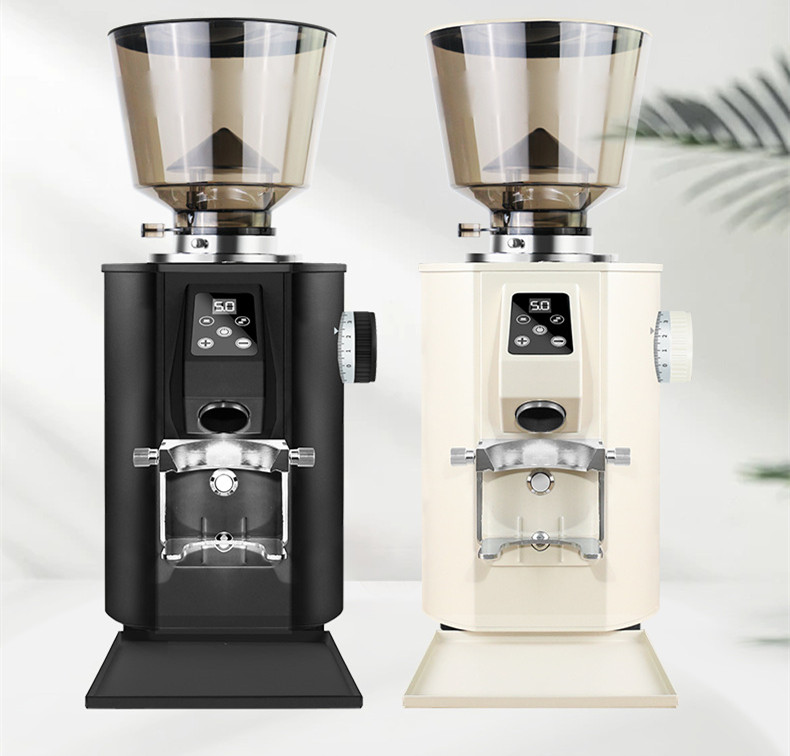The working principle of the pump-pressure espresso machine is as follows:
Water supply from the water tank: The pump-pressure espresso machine first acquires water from the water tank, which is the basic raw material for making coffee.
Heating system operation: The heating device heats the water to a temperature of approximately 88-94℃. Some high-end models are equipped with dual heating systems, which can independently control the steam and brewing water temperature to ensure stable water temperature.
Water pump pressurization: The water pump is the core component of the pump-pressure espresso machine, responsible for providing the pressure required for coffee extraction. Pumps are mainly divided into two types: vibrating pumps and rotary pumps.
Vibration pump: It generates a reciprocating motion of approximately 60 times per second through an electromagnetic piston, pushing water through the machine. The pressure can reach 15-19 bar, making it suitable for household use.
Rotary pump: It adopts a gear structure and uses a motor to drive the rotating disc inside the pump chamber. Through centrifugal force, the impeller is pressed against the wall of the pump chamber to pump out the water. The pressure is more stable but the volume is larger. It is commonly used in commercial models.
Pressure injection and extraction: Under a pressure of around 9Bar, hot water is pressed through a filter or powder bowl containing coffee grounds. The coffee powder is pre-ground into extremely fine powder and evenly distributed in the filter screen. High-pressure hot water quickly penetrates the coffee grounds, extracting the essential substances in the coffee, including oils and aromatic substances.
Coffee output: The extracted espresso flows through a tube into the container below for drinking. During the extraction process, the soluble substances in the coffee grounds are fully dissolved in hot water, forming a rich and flavorful espresso.
Additional function (optional) : Some pump-pressure espresso machines are also equipped with steam rods for making milk foam. The power of the steam stick needs to reach a certain standard (such as over 300W) to produce dense milk foam, meeting the requirements for making lattes, cappuccinos and other milk coffee.


